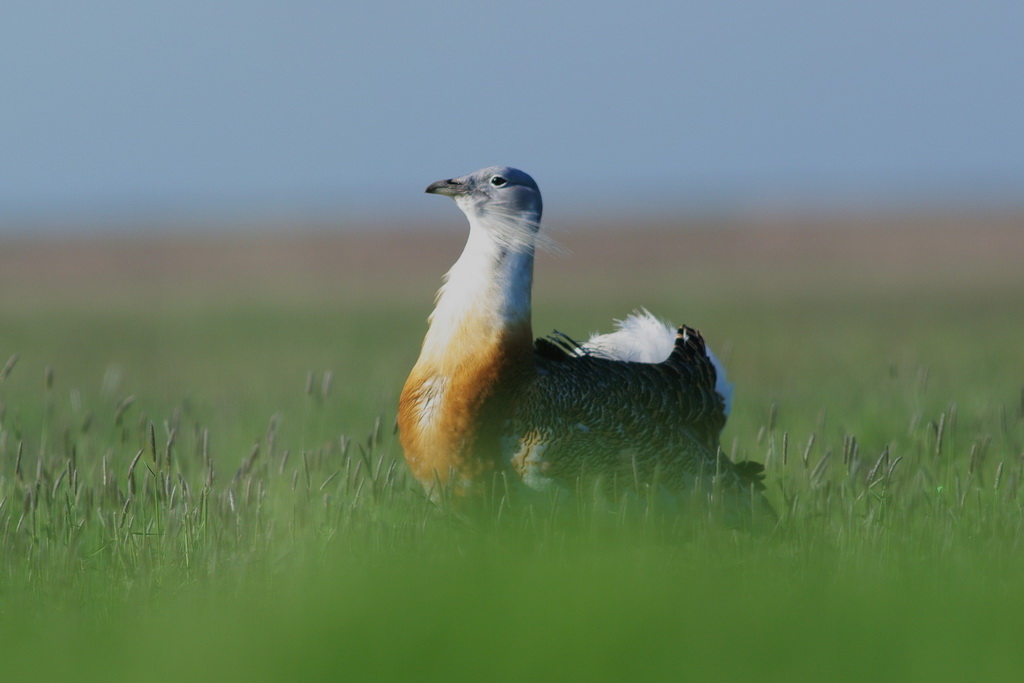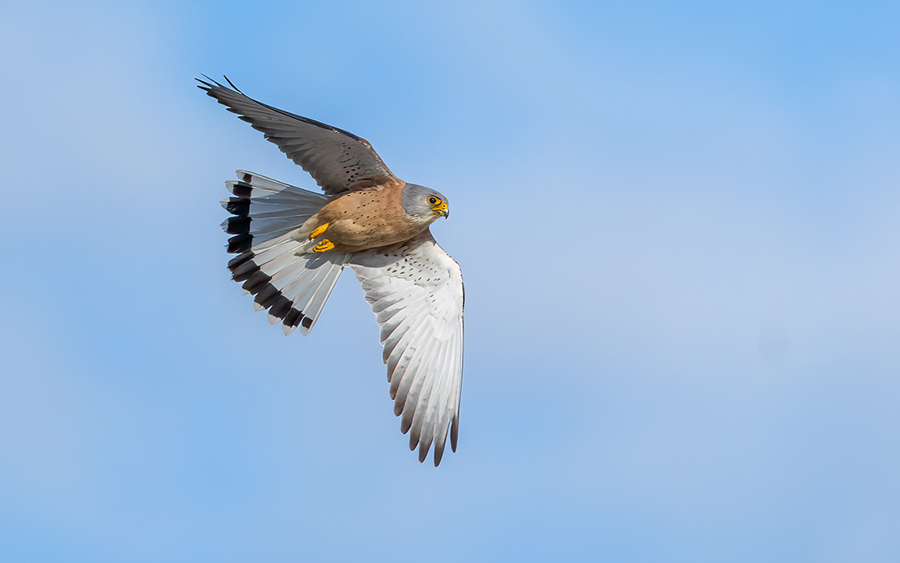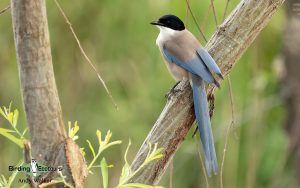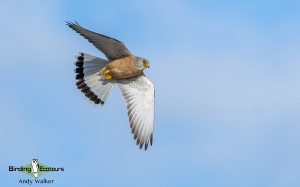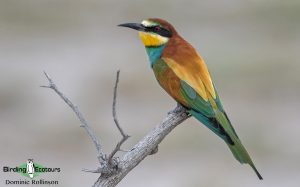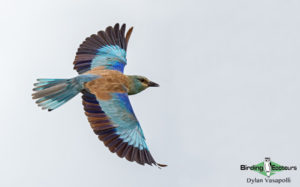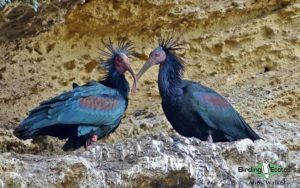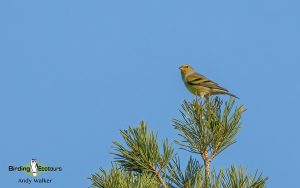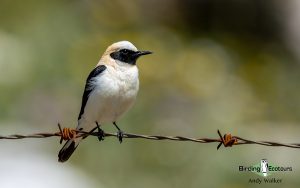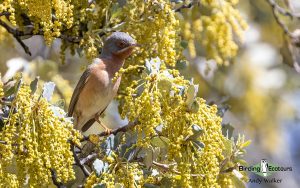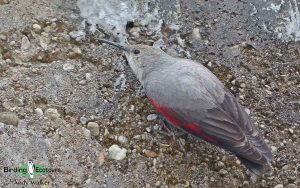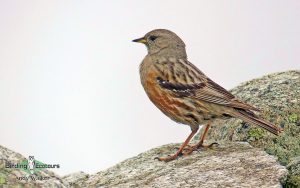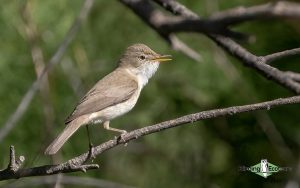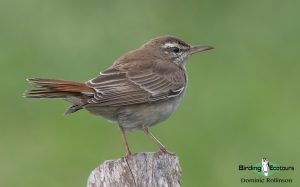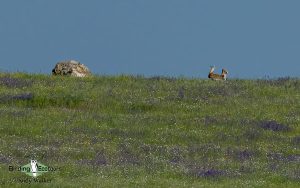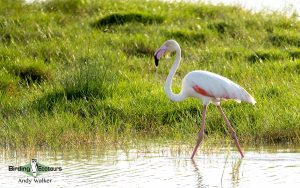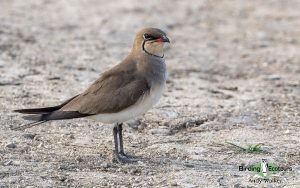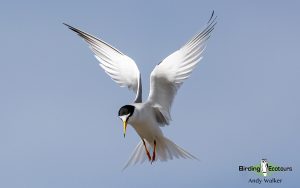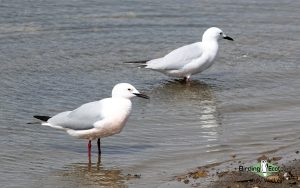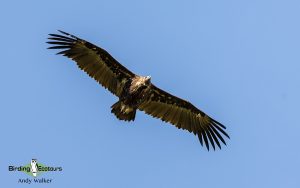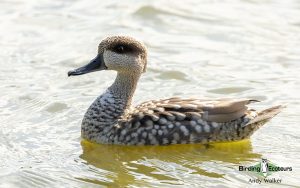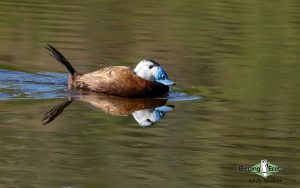Spain Birding Tours
Birding Ecotours has some exciting Spain birding tours which visit this fantastic European birding destination during spring and autumn, giving us the opportunity to target its resident specials and many other migrating species too. Our Spain birding tours however do not only focus on birds as we also look for charismatic wildlife such as the most-wanted Iberian Lynx. The Kingdom of Spain (“Spain” hereafter) forms the bulk of the Iberian Peninsula and is one of the principle bird watching countries of the western palearctic. It is a large country by European standards of some 195,360 square miles (505,990 square kilometers), which makes it larger than the US state of California. It has a population of 47.43 million people and with a population density of 243.5 people/square mile is considered to have a fairly low population density. Spain borders Portugal on its west side, France and Andorra to the northeast, and shares a border with Gibraltar, a United Kingdom overseas territory, near the southern tip of the country. The Mediterranean Sea envelops the east and south sides of Spain, while sections of its west coast (north of the Portugal border) are met by the Atlantic Ocean. Furthermore, it is only a stone’s throw to the south, across the Straits of Gibraltar (8 miles/14 kilometers) to the North African country of Morocco.
Spain’s capital, Madrid, is in the center of the country and has a population of 6.79 million people. It is a city of culture and history, ripe for exploration. Spain was established as a kingdom in 1516 AD from the union of the crowns of Castille and Aragon. Prior to this, Spain and its original Iberian people had been controlled by many factions, such as the Greeks, Carthaginians, Germanic Goths, and Islamic Arabs of North Africa, between the 9th century BC and the 15th century AD. In modern times the Spanish Empire conquered huge areas of the Earth, especially in the New World, before gradually losing them over the next 400 years. It was during this period that they conquered the Balearic Islands, Canary Islands and the African-based enclaves of Ceuta and Melilla which have remained under Spanish control to this day. In the 20th century AD, Spain remained neutral during the First World War before seeing its own civil war from 1936-1939 between the Republicans and Francisco Franco’s nationalist movement which ended with Franco seizing power (1939-1975) before the transition to the rule of King Juan Carlos thereafter. Spain officially joined the European Union in 1993.
Read More About Spain
Spain runs from 27o to 44o N in latitude and 19o W to 5o E in longitude. Its northeastern border with France consists of the mighty Pyrenees mountains while the Sierra Nevada range in the south contains Spain’s highest mainland peak of Mulhacén at 11,411 feet (3,478 meters). Spain’s coastline is rugged, with imposing cliffs in the northwest and vast sandy beaches in the south and east. Spain also has major rivers such as the Tagus, Ebro, and Guadalquivir, some of these will be visited on our tours. Spain has many island territories with Tenerife (in the Canary Islands) being the most populous at 917,841 people and the island also contains Spain’s highest mountain, Mount Teide, at 12,198 feet (3,718 meters).
Three main climate zones are recognized in Spain: the Mediterranean climate with its hot, dry summers, the semi-arid climate of the southeast of the country, and the oceanic climate of the north of the country. The size, topography and climate of Spain lends to its huge habitat diversity, which is widely protected, with 27% of the country included in national parks, wildlife reserves and other protected areas. On our mainland Spain tour we will visit many of the aforementioned protected areas as well as several Important Bird Areas (IBA) including Guadalquivir Marshes (including Doñana National Park which is also listed as a Ramsar site) and Monfragüe. Such is the importance of Spain for birds that the country has 469 IBAs. Our mainland tour takes us right across the breadth of Spain from the marshlands of the southwest, through the central plains and steppes, to the mountains of the Pyrenees, before finishing in yet more wetlands, those of the Ebro Delta near Barcelona (this wetland is also regarded as an IBA by BirdLife International and is listed as a Ramsar site too). The variety of habitats visited on this tour gives you the best opportunity to see the wonder of the Spanish mainland in all its glory.
Following International Ornithological Congress (IOC) taxonomy the Spain bird list stands at 659 species (IOC v10.2 in January 2021), of which 40 are globally threatened and 8 are endemic (though one of these – Canary Islands Oystercatcher – is now extinct). We have two exciting bird holidays in Spain, one in spring and the other in fall, both outlined below:
Spain: Spring Birding Extravaganza
The list of species our spring tour regularly records is extensive, typically around 220 species. Some of the specials include Marbled Duck, Ferruginous Duck, White-headed Duck, Red-necked Nightjar, Little Swift, Great Bustard, Little Bustard, Great Spotted Cuckoo, Pin-tailed Sandgrouse, Black-bellied Sandgrouse, Audouin’s Gull, Black Stork, 23 raptor species including (Egyptian Vulture, Cinereous Vulture, Spanish Imperial Eagle, Bonelli’s Eagle, and Lesser Kestrel), Iberian Green Woodpecker, Iberian Grey Shrike, Iberian Magpie, Dupont’s Lark, Moustached Warbler, Western Olivaceous Warbler, Western Orphean Warbler, Wallcreeper (a highly sought-after monotypic family), Common Rock Thrush, Blue Rock Thrush, Black Wheatear, White-throated Dipper, White-winged Snowfinch, Alpine Accentor, and Citril Finch. There are of course many more great species possible (see the detailed tour itinerary) and this trip really is one of our most diverse European tours. It has also been designed to be accessible to the beginner and experienced birder alike and we are sure you will fall in love with this country as much as we have.
In addition to the overall bird, list this tour marvels in the exciting spectacle of spring visible migration as birds fly north from North Africa, with large numbers of a wide range of species from families such as raptors. bee-eaters, and storks all possible, as well as the opportunity for something unusual to drop in! We will also be in the realm of the Endangered (IUCN) Iberian Lynx and we will spend some time looking for this elusive apex predator with an estimated population of only 156 in 2012 when the latest population survey was published.
Spain: Birding Andalusia in Fall
This exciting 11-day tour takes in the best of western Andalusia and its fabulous wildlife, both on land and at sea. On this tour we will also witness the stunning southerly migration that occurs in western Europe at this time of year. We will target a range of migratory birds of prey including Booted Eagle, Short-toed Snake Eagle, European Honey Buzzard, Black Kite, Montagu’s Harrier, and Egyptian Vulture, plus rarer species like Cinereous Vulture, Bonelli’s Eagle, and Eleonora’s Falcon. We may even get lucky and see the Critically Endangered (BirdLife International) Rüppell’s Vulture.
Away from the migrant hotspots we will enjoy a vast range of other key bird species including Marbled Duck, White-headed Duck, Little Swift, White-rumped Swift, Red-knobbed Coot, Western Swamphen, Little Crake, Baillon’s Crake, Slender-billed Gull, Audouin’s Gull, Lesser Crested Tern, Black Stork, Northern Bald Ibis, Black-winged Kite, Spanish Imperial Eagle, Iberian Grey Shrike, Eurasian Penduline Tit, Lesser Short-toed Lark, Thekla’s Lark, Savi’s Warbler, White-throated Dipper, Rufous-tailed Scrub Robin, Blue Rock Thrush, and Black Wheatear.
We will also have two exciting pelagic trips for seabirds and cetaceans with bird targets including Great Skua, Parasitic Jaeger (Arctic Skua), Wilson’s Storm Petrel, European Storm Petrel, Cory’s Shearwater, Great Shearwater, and Balearic Shearwater. Cetacean targets will include Short-beaked Common Dolphin, Striped Dolphin, Sperm Whale, Fin Whale, and (if we are lucky!), Killer Whale.
Download Spain Itineraries
Spain: Birding Andalusia in Fall
Spain: Spring Birding Extravaganza April 2026/2027
